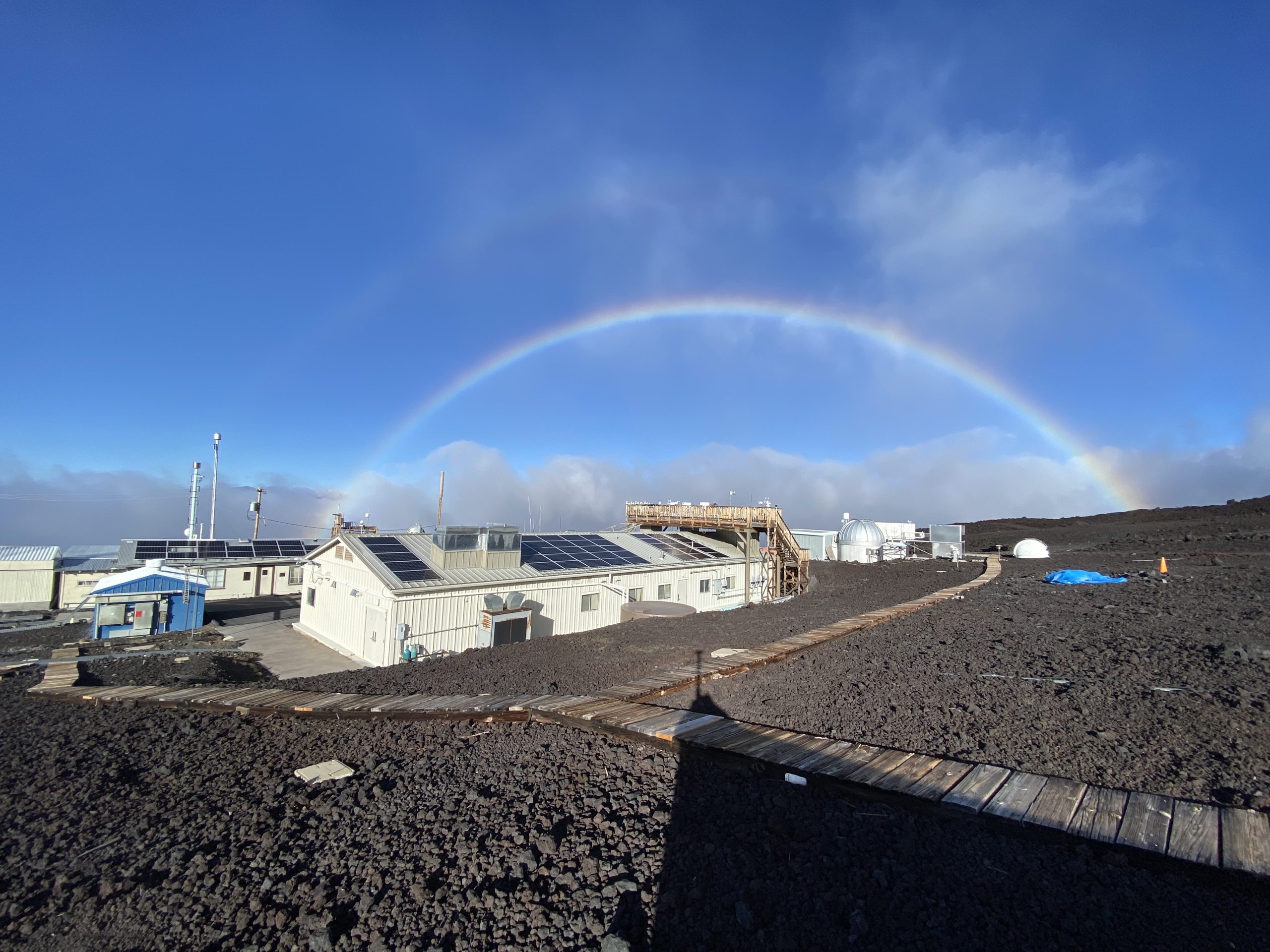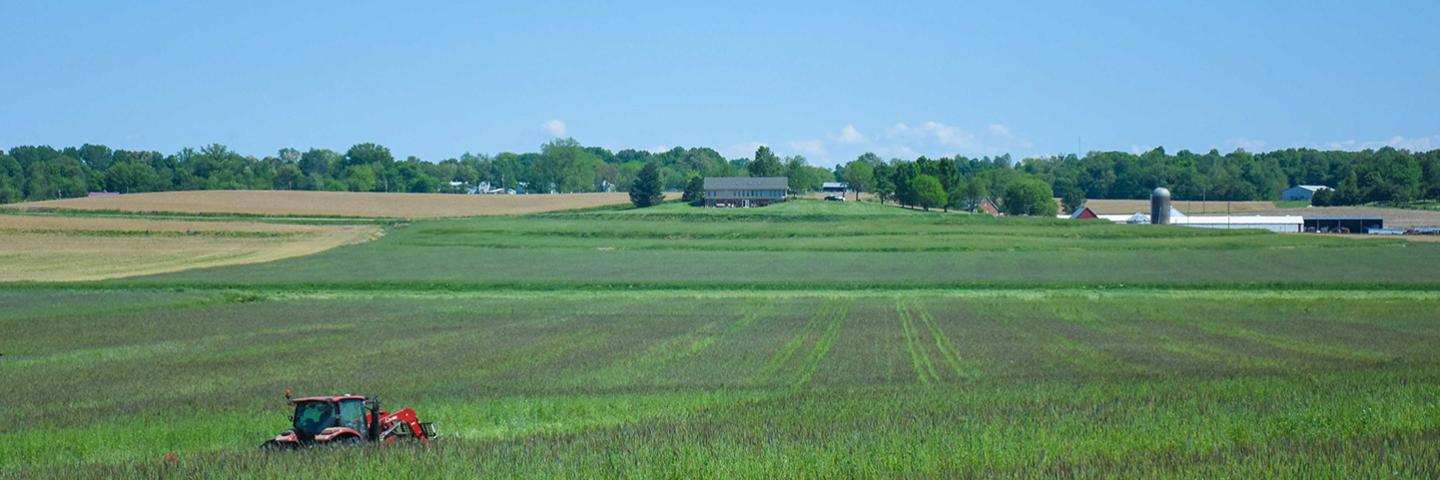An eight-year study of Boston’s natural gas system has revealed that emissions of methane, a powerful greenhouse gas, are significantly higher than previously estimated. An eight-year study of Boston’s natural gas system has revealed that emissions of methane, a powerful greenhouse gas, are significantly higher than previously estimated. The research, by a team of scientists from Harvard University, Boston University, NOAA, and the Environmental Defense Fund, used measurements of methane and ethane concentrations in the air over Boston to track emissions from 2012 to 2020. The scientists found natural gas emissions were approximately six times higher than inventory estimates, and more than half of emissions may be leaks from so-called end uses, such as compression stations and meters, along with boilers, furnaces and other appliances, rather than from pipelines. Harvard scientist Steven Wofsy, the paper’s senior author, said the findings show traditional approaches to estimating emissions from natural gas systems are missing significant sources of methane. “If cities and states want to pass meaningful legislation to curb emissions, they need to know where emissions are coming from, how they change over time, and whether or not the policies put in place to reduce them are working,” Wofsy said. The research, published this week in the Proceedings of the National Academy of Sciences, was supported by the NOAA Climate Program Office Atmospheric Chemistry, Carbon Cycle, & Climate AC4 program.
Natural gas is an important U.S. energy source, accounting for 40% of total utility-scale U.S. electricity generation by all sectors in 2020. Its lower cost and carbon dioxide emissions relative to coal have spurred strong growth. Natural gas, however, is primarily composed of methane, which is a more powerful greenhouse gas than carbon dioxide. Given the significance of natural gas emissions to climate change, many scientists are studying how to better detect methane leaks in our national natural gas infrastructure, including wells and pipes. In the Boston region, this study’s research team observed no change in the natural gas loss rate over eight years, despite efforts from both the city and state to address natural gas leaks. The authors concluded that new leaks are appearing in the aging Boston pipeline system as fast as old ones are being fixed. Meeting Massachusetts’ climate and emissions goals may mean adjusting policy to address methane emission sources beyond pipelines, scientists said. In addition, the research team investigated natural gas emissions in other U.S. cities including Washington, D.C., and Los Angeles. They found the same gap between bottom-up EPA emissions estimates and top-down atmospheric measurement that was present in Boston, and concluded that the discrepancy likely exists across U.S. cities. This story was adapted from a Harvard University press release. For more information, contact John Coggin, NOAA Climate Program Office, at john.coggin@noaa.gov.



